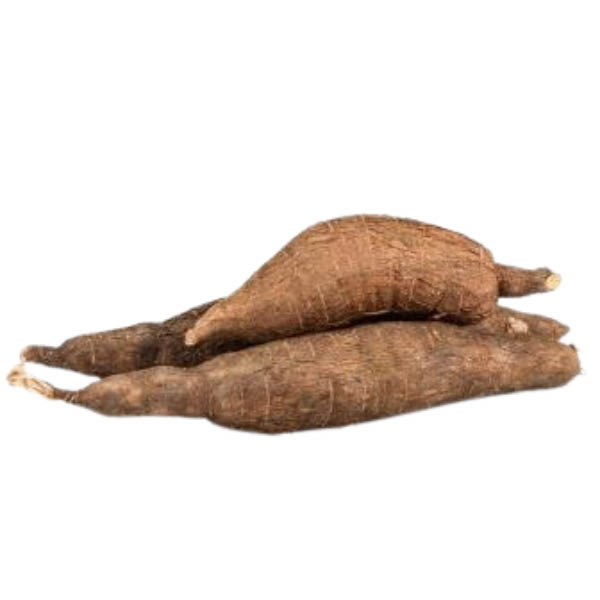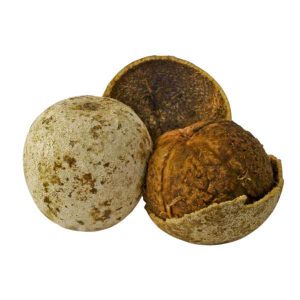Description
Local
Gampaha, Colombo, Kegalle, Rathnapura, Matara, Kurunegala, Putlam, Anuradhapura,
Brazil
Slightly sweet milky taste
Cassava may be a useful source of starch for those suffering from coeliac disease (gluten intolerance) as it does not contain any gluten at all. Preliminary research suggests that linamarin (a compound found in cassava) may have cancer-fighting properties
In mythology, it is portrayed as a savior that protects against starvation. According to one story, Tupi woman in Brazil, long ago, was devastated as she watched her child starve to death. She buried the child’s body under the floor of her hut. That night she was visited by a wood spirit, known as mani who changed the child’s body into the root of a plant, which later became known as manioca meaning wood spirit root. For generations of native people to come this plant was to become their chief staple food – and eventually, that of inhabitants of tropical regions throughout the world.
In a large pot cover the manioc with water, add salt and bring to a boil, reduce the heat to medium-low and cook for about 15 to 20 minutes or until is tender. Remove the manioc from the water and pat dry with paper towels. Cut the cooked manioc into? – inch strips. Fill a large frying pan with enough vegetable oil to 350° F. When the oil is hot, place the manioc into the heated oil carefully. Fry them until golden brown on both sides about 6 to 8 minutes. remove the manioc pieces from the oil using a slotted spoon and drain them on paper towels. Sprinkle with salt and serve.


